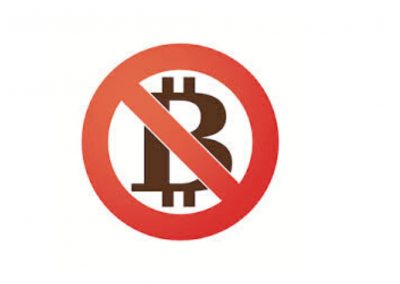When you get into the business of freelancing, no matter what your particular skill may be, one of the toughest things to analyze is what your work is worth.
Surprisingly, you’ll find most people devalue their skills rather than overvalue them when they are freelancing, merely because they are so fixated on getting as many jobs as possible that they are willing to take lower wages to ‘win’ the position.
That sort of mentality can get you a lot of jobs, but it also can make you work a lot harder and a lot longer to achieve the same type of financial success you had as a traditional employee.
If you’re freelancing in the same industry you previously worked in, you can start your freelancing rate somewhere above what you were making per hour at your last corporate position. Your per hour should be more because anyone hiring isn’t paying for your health insurance, 401(k), or paid days of vacation.
But that’s just the tip of the iceberg for determining what your work is worth. So how do you figure out what rate you should charge your clients? Here are a few factors to consider.
What’s the going rate on the market?
Just because you think your work is worth $250/hour doesn’t mean the market can support it. You need to factor in your positives – education, your experience, and what your clients say about your past work – with your negatives – how many hours you have per week, any bad reviews from past clients, technological limitations.
Don’t sell yourself about what you “might” be able to do or work you did 20 years ago. Be honest about who you are right now. If you use a marketplace like Upwork, you can view freelancers with similar skill sets and experience levels to your own and price yourself competitively.
If you have an online portfolio, make sure you include it in your online profile, along with any other places your work is available for viewing online. Flex your muscles as much as possible to show potential clients that you’re an excellent fit for their job and that your rate is worthwhile.
Bills, bills, bills
Freelancing can be fun and be freeing and a chance to show your skills in a host of different formats, but it also has a singular purpose of paying your bills.
Just like you wouldn’t take a 9-to-5 job that wouldn’t allow you to live the lifestyle you prefer, you should not set your freelance rate below a margin that lets you pay your mortgage, car payment, credit card payments, groceries, utilities, etc.
Make your monthly budget and then ratchet your freelancing rate up to make sure you’re in the black every month.
Not all jobs are created equal
Most freelancers can work one of two ways – either by the hour or by the job. Both have their pluses and minuses. If you work by the job, you don’t need to worry about a quota of jobs; you only have to get it done to your customer’s satisfaction.
On the other hand, working by the hour can often net you more money as everything you do on the project – from research to drafts to finished work – can be charged. You should have a standard hourly rate for jobs that you also use as a basis for prices quoted on “one-time” jobs. However, not everyone can or will meet your hourly rate, but often offer incentives that go beyond money in your pocketbook right now.
If you charge $50/hour and you have a one-time job that will take you 10 hours to complete, you should logically charge $500 to the client. But if the client has a budget of $400/10 hours/week, but wants you to work for her for 10 weeks in a row, you have to consider the consistency factor versus what it costs to look for new work.
Extra Tips
Does a client want you to work on-site? Make sure you have a separate, higher rate for this kind of offer. Why? Because you’re not working remotely at your home office; instead you’re having to turn back into a 9-to-5 worker – dressing professionally; fighting traffic; possibly battling office politics, etc.
Solely the cost of gasoline to get you to and from the company office needs to be paid for, along with the wear and tear on your vehicle. Remember, you’re a contract worker here, not a full-time employee with benefits.
As such, your rate should be considerably higher than if the company was sending you files via email to improve.
The same rate increase should apply if you use materials in your freelance work. Whether you work with a digital camera, code-building software, graphic design tools, or even things like Adobe InDesign or Photoshop. Never forget that you’re a specialist. If companies could fulfill your role in-house, they would not need to hire you in the first place.
Also, make a point to raise your rate if someone wants a job done at the 11th hour or wants you to clear space on your calendar. Rush jobs should cost extra because you are making an extraordinary effort and pushing back other clients to make room for the current task. Make sure any clients wanting a job done “immediately” are going to have to pay for it.
Delivering under pressure is a great way to showcase your ‘beat the clock’ skills to this client, which is always great for referrals as well.
While generosity and kindness go a long way when making connections with clients, remember that you’re being paid for your work. That means whether they are asking you to collate articles or come up with a new theme song for their corporate rebranding, you are entirely within your professional rights to charge the client, regardless of your task.
So when you’ve wrapped up a job and a client asks for a little something extra; or if they toss in another small assignment during the process, make sure you factor in that new task into the cost of your total payment.










